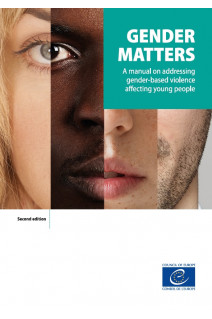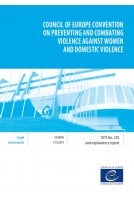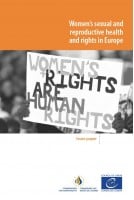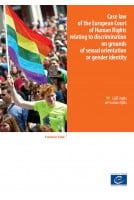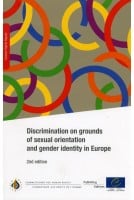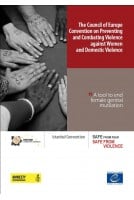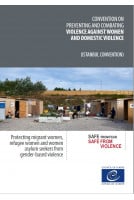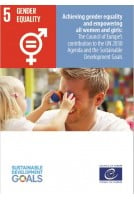Gender-based violence undermines the core values of human rights on which the Council of Europe is based and to which its member states have subscribed
Gender-based violence refers to any type of harm that is perpetrated against a person or group of people because of their actual or perceived sex, gender, sexual orientation and/or gender identity. Gender-based violence can be sexual, physical, verbal, psychological (emotional), or socio-economic and it can take many forms – from verbal violence and hate speech on the internet, to rape or murder. Statistics show that gender-based violence affects women disproportionately.
Gender-based violence undermines the core values of human rights on which the Council of Europe is based and to which its member states have subscribed. It is a problem in all member states and affects millions of women and men, young people and children, regardless of their social status, cultural or religious background, sexual orientation or gender identity.
Preventing, addressing and combating gender-based violence are intrinsic to human rights education, youth work and non-formal learning activities which support young people on their path to autonomy as active citizens, mindful of everyone’s human rights. The issues that are addressed through this work are all relevant to young people’s lives, and they relate directly to the world in which young people live.
Gender Matters is a manual to address gender-based violence with young people. It provides insights into gender and gender-based violence, background information to key social, political and legal issues and, especially, educational activities and methods for education and training activities with young people.
Gender Matters should be used as a practical resource in guiding young people to become more aware of their own actions and the actions of others. It contributes to a better understanding of how to stay safe and secure and how to support those who have experienced violence in their lives. It will not suffice to eradicate gender-based violence. However it is a necessary and urgent step towards dignity for all.
Introduction to this edition
Chapter 1 Gender identity, gender-based violence and human rights
1. What is gender-based violence?
2. What causes gender-based violence?
3. Types of gender-based violence
4. Exploring gender and gender identity
5. Gender-based violence and human rights
6. Youth work and youth policy responses to gender and gender-based violence
Chapter 2 Activities to address gender and gender-based violence with young people
Educational approaches and guidance for facilitators
Overview of the activities
About Maria
Digital media bash
Gender confusion
Gender-in-a-box
Good, better, best
Greater expectations?
The impact of gender-based violence
Kati’s story
The Knight in Shining Armor
N vs Sweden
No violence here
Our daily sexism
Safety in my life
Sex sells?
Spaces and places
Stella
Too hard to respond
What to do?
Chapter 3 Taking action against gender-based violence
1. Protecting the victims/survivors
2. Prevention of gender-based violence
3. Building a human rights culture
4. Gender in youth work and youth organisations
5. Developing an initiative or a strategy addressing gender-based violence
Chapter 4 Themes related to gender and gender-based violence
Feminism and women’s rights movements
Intersectionality and multiple discrimination
LGBT+
Masculinities
Sexuality
Appendices
Selected international legal human rights instruments related to gender-based violence
The Universal Declaration of Human Rights (unofficial summary)
The Universal Declaration of Human Rights Convention on the Elimination of All Forms of Discrimination against Women – CEDAW (Summary)
European Convention on Human Rights (simplified version of selected articles)
Council of Europe Convention on Preventing and Combating Violence against Women and Domestic Violence (unofficial summary)
Glossary
of terms related to gender and gender-based violence
